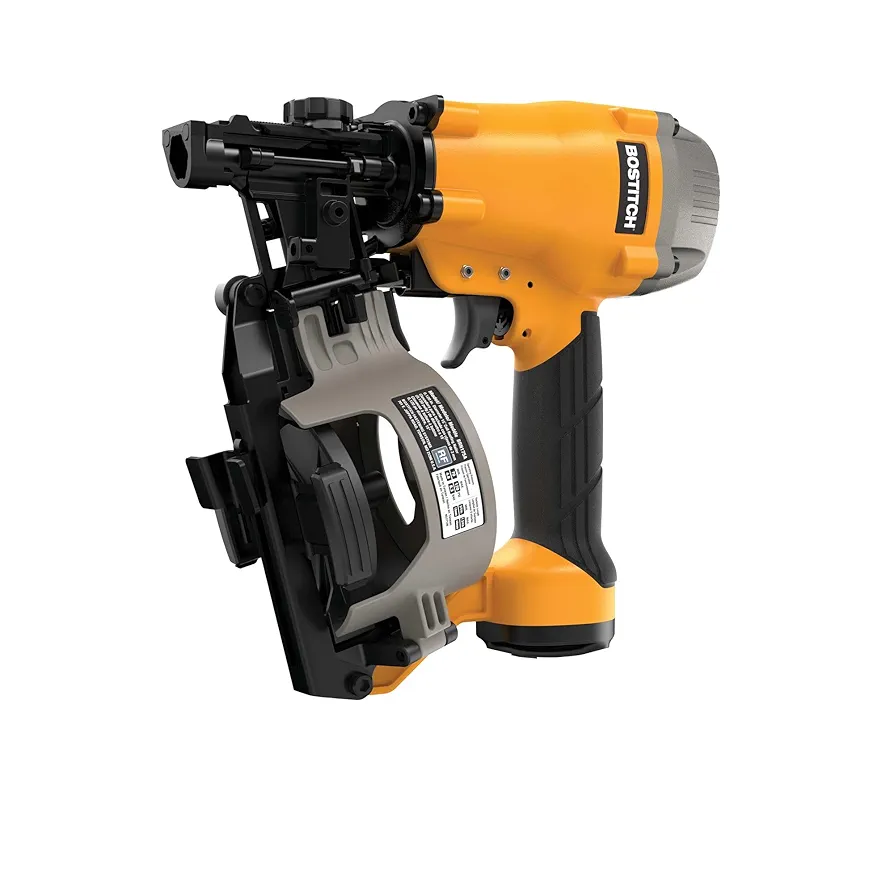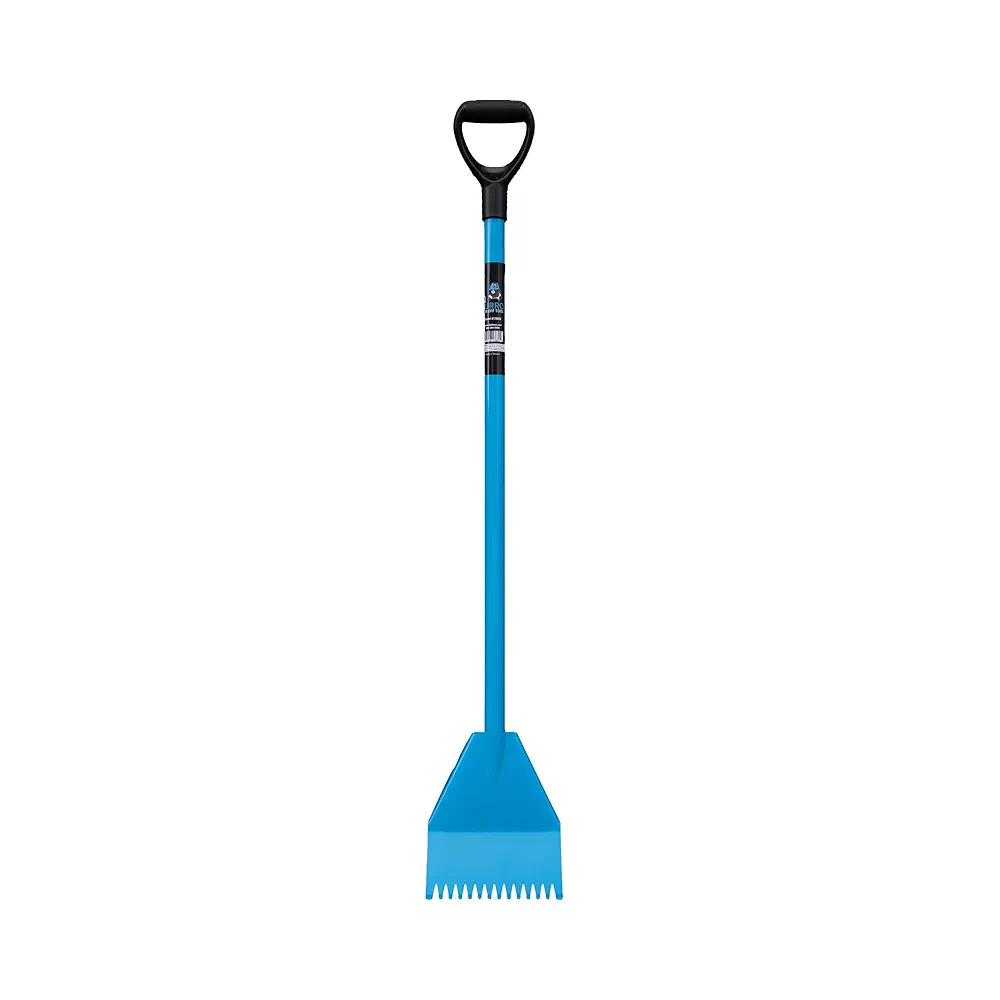🧰 Metal Roof Cost Calculator
Estimate materials + trim/flashing + fasteners + labor. Planning tool only — not a formal bid.
Results will appear here
🔧 Recommended Roofing Tools & Supplies
Disclosure: This section contains affiliate links. As an Amazon Associate, we earn a small commission from qualifying purchases — helping us keep SmartRoofingCalculator free to use.





